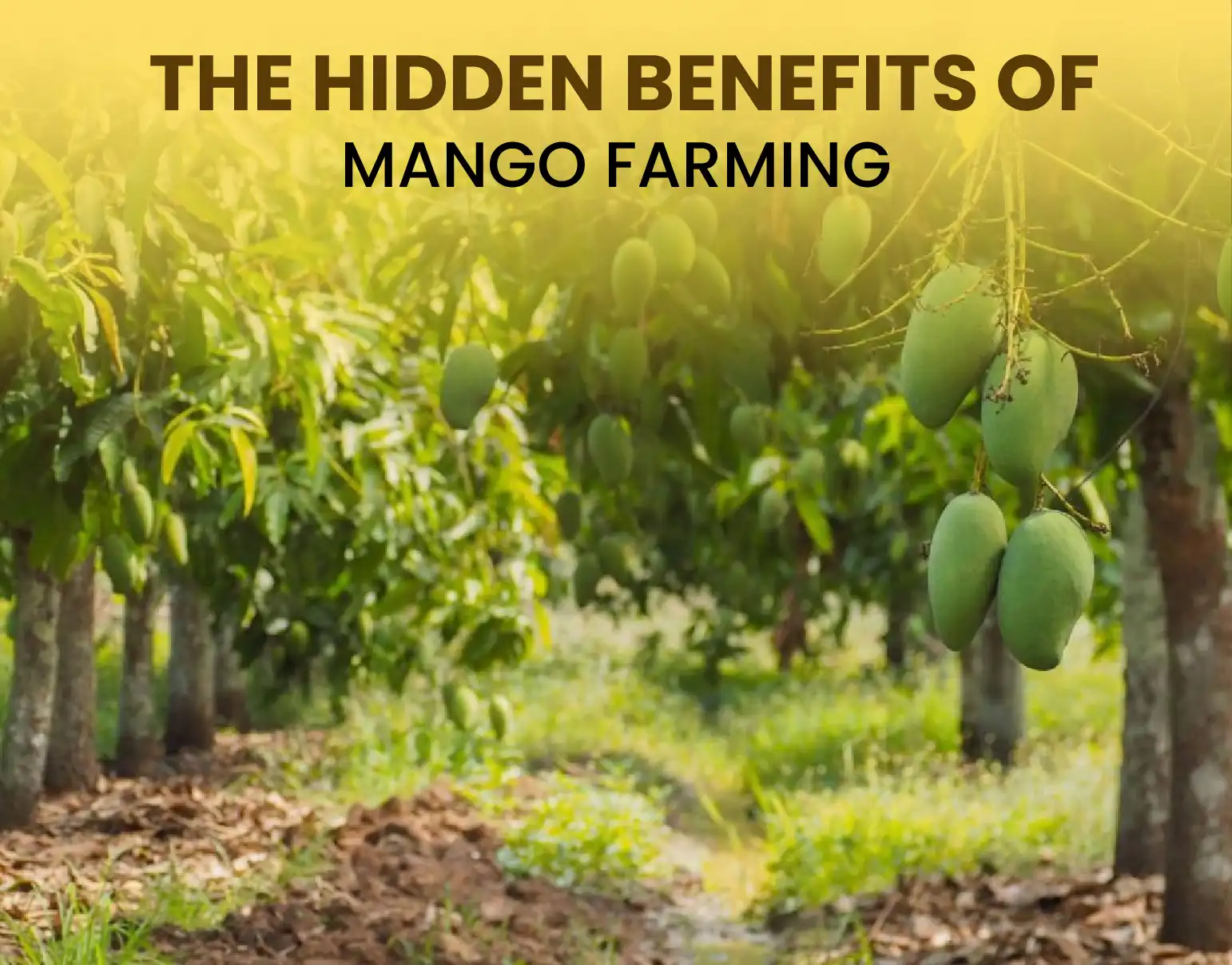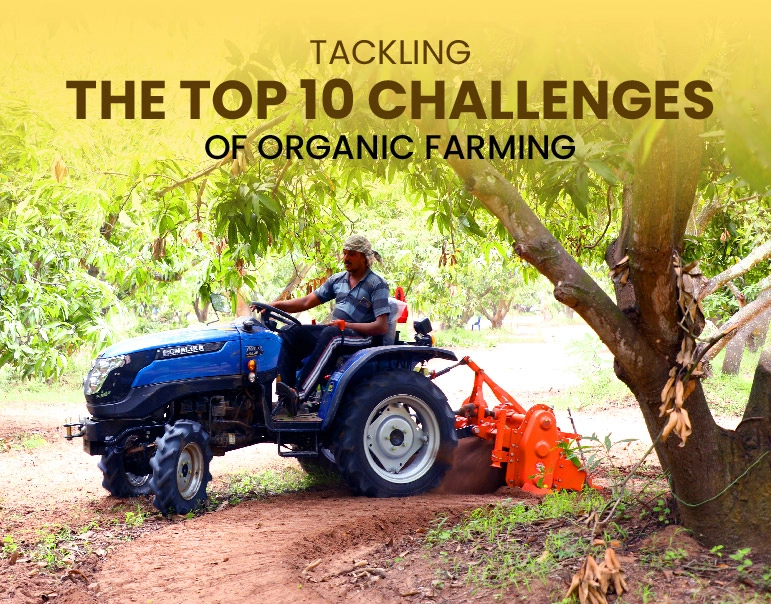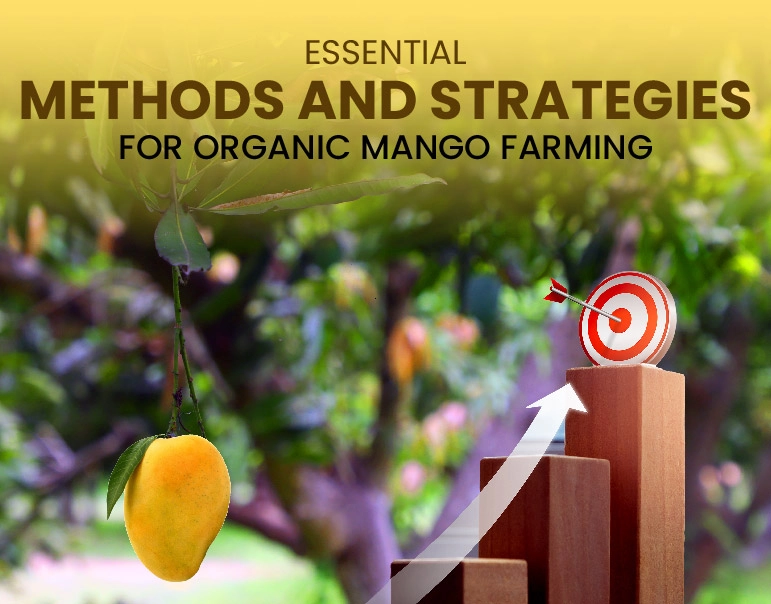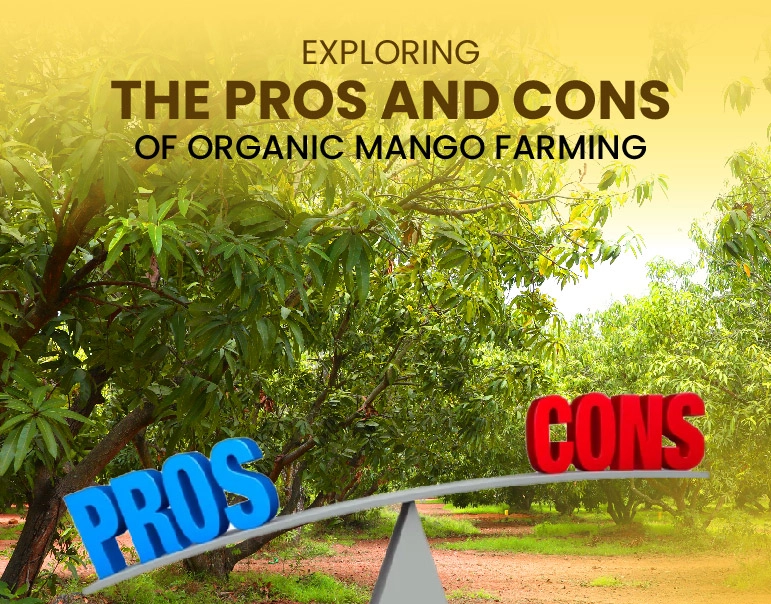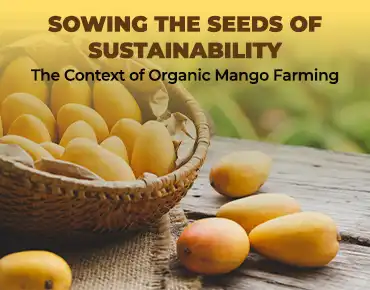Profitable Farming: The Top 5 Trees to Grow in India for Maximum Returns
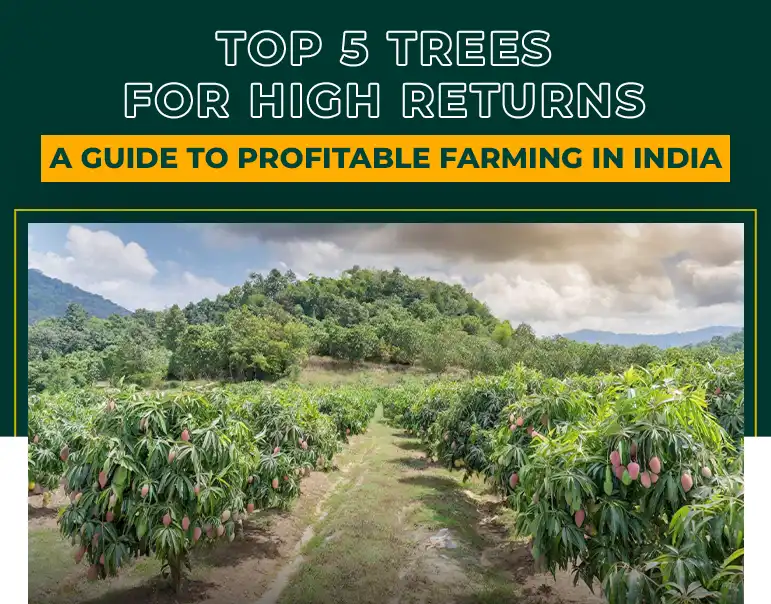

India, with its different agro-climatic zones, is a rich ground for productive tree-creating. With such a wide variety of tree species, ranchers can increase their income at any time and enhance their overall value. Investing in the right trees can provide a steady, significant long-term income, especially in a country where economic development plays a crucial role. In this article, we'll examine the top five trees that provide substantial returns for ranchers in India. These trees are both beneficial and easy to care for, typically requiring minimal maintenance once established.
Sandalwood, known for its sweet-smelling heartwood, is among the most compensating trees for ranchers in India. The interest in sandalwood for perfumery, supportive use, and serious purposes has consistently maintained its reasonable worth.
High Worth: The wood and oil extracted from sandalwood command astronomically high prices on the general market.
Low Assistance: Once planted, sandalwood requires immaterial ideas and can fill in a blend of soil conditions.
Significant Length: While it takes approximately 15-20 years for the tree to mature, the benefits are significant. A single sandalwood tree can provide fundamental compensation after a completely new development.
Environment: Warm and reasonably wet conditions are optimal for sandalwood progression. It thrives in Karnataka, Tamil Nadu, and parts of Andhra Pradesh.
Soil: Generally, the best soil for sandalwood improvement is depleted, subtly dissolvable. The challenges include safeguarding against illegal logging, given the intense demand for sandalwood.
Teak is another high-respect hardwood that offers extraordinary returns for ranchers. Teakwood is known for its fortitude, termite confirmation, and water.
Generally, teakwood is widely utilized in various products and headway undertakings due to its robust nature and inherent resistance.
Extraordinary yield for capital contributed: Teak inheritances offer a giant advantage from speculation after around 20–25 years. Mature teak trees bring premium costs to both local and large business areas.
Low Upkeep: Teak trees require little water after the essential improvement period, making them ideal for regions with bound precipitation.
Environment: Teak thrives in tropical and subtropical conditions, with a particularly dissipated precipitation plan.
Soil: Critical, useful, particularly depleted soils with exceptional water-holding limits are reasonable for teak.
Challenges: Teak domains require reality for development, making it a fairly lengthy theory.
Bamboo is widely recognized as one of the fastest-growing plants, extensively used in various industries such as construction, paper, and manufacturing. Bamboo creation can be astoundingly valuable because of its versatility and quick progression cycle.
Rapid New development: Under the right conditions, bamboo can grow up to 3-4 feet in a day, allowing ranchers to collect within 3-5 years.
Eco-Obliging: Bamboo contributes to soil security and carbon sequestration, making it a genuine source of income.
Bamboo serves various purposes such as furniture, paper, materials, and bioenergy, which makes it particularly engaging.
Environment: Bamboo flourishes in warm, powerful, and humid conditions with a lot of precipitation, making it ideal for states like Assam, West Bengal, and Kerala.
Soil: Generally, depleted, loamy soils are ideal for bamboo growth.
Challenges: Bamboo requires careful association to ensure quality and prevent over-obtaining.
Mango, the king of fruits, is not only renowned for its delicious fruit but also for being a productive tree for farmers. The production of mangoes yields significant profits, given the tree's long lifespan and the anticipated demand for mangoes in both residential and commercial areas.
Significant length Yield: A mango tree can produce normal goods for over 40 years, ensuring a predictable income for farmers.
Assortment and Market Income: Mangoes, with their various plans, cater to a wide range of market segments. We specifically target notable assortments such as Alphonso and Salem Malgova.
Respect Augmentation: In addition to selling traditional items, mangoes can be transformed into juices, sticks, and pickles, thereby increasing productivity.
Environment: Mangoes fill best in tropical and subtropical circumstances with dry winters and irritating summers. States like Gujarat, Maharashtra, Tamil Nadu, and Andhra Pradesh are tremendous mango makers.
Soil: Critical, particularly depleted, loamy soils are ideal for mango improvement.
Challenges: Mango trees require a valid water system, particularly during the growing and fruiting stages.
Furniture makers and the improvement industry generally use Mahogany, a highly respected hardwood. It is known for its dazzling rosy, coarse-shaded wood and high strength.
High Market Worth: Mahogany wood is well-known for its finished allure and strength.
Rapid Development: Mahogany trees become generally quicker than other hardwood trees, with headway appearing in 15-20 years.
Reasonable Pay: Mahogany production is comparable to other development projects, providing a long-term income.
Environment: Mahogany thrives in strong and humid conditions with attractive precipitation.
Soil: Critical, particularly depleted soils with amazing saturation upkeep are best for mahogany.
Challenges: Mahogany creation requires an enterprising nature as it anticipates that adventure should develop, yet the advantages merit the save.
Tree cultivation in India presents a promising path for both practical and beneficial development. The true five trees—sandalwood, teak, bamboo, mango, and mahogany—give exceptional yields and have different market applications, from progress to food creation. While some of these trees require a longer planting period, the practical benefits far outweigh the initial costs. By selecting the appropriate tree based on the environment and soil conditions, ranchers can ensure a consistent, long-term yield that enhances overall security. As India transitions towards practical horticulture, planting trees will undoubtedly play a crucial role in shaping the potential future of the developing region.

